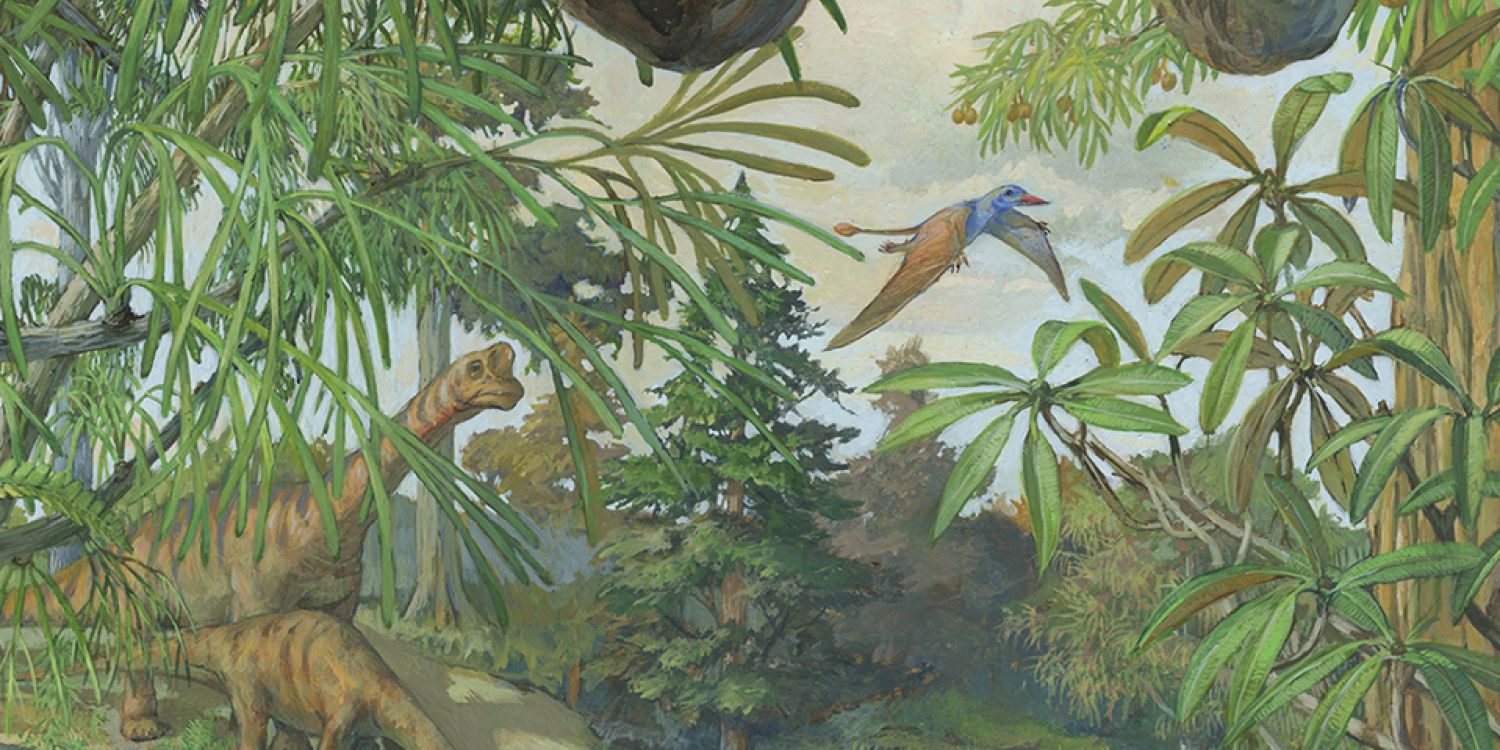Project grant 2020
Projekt:
“Plant-Era” Biomolecular and structural comparisons of ancient and modern
plants– tools for tracing phylogeny and survival strategies during mass
extinctions”
Principal Investigator:
Professor Vivi Vajda
The Swedish Museum of Natural History
Co-investigators:
Lunds University
Professor Allan Rasmusson
Grant in SEK:
28 600 000 over five years
Researchers at the Swedish Museum of Natural History and Lund University intend to examine the micro- and nanostructure of fossil plants from the age of dinosaurs, and ascertain how they differ from, as well as resemble, present-day plants.
They will be focusing particularly on the ability of plants to survive catastrophic environmental change. The project may yield greater understanding of how climate change impacts plants, and hence our living conditions.
Mass extinction then and now
Vivi Vajda is a plant paleontologist, specializing in the evolution and geographic distribution of extinct plants. Allan Rasmusson is a plant physiologist and expert on how present-day plants adapt to stress.
“When we began pilot studies, we found well-preserved fossil leaves that were 200 million years old. Under the microscope we could see they had cells with clear cell walls and a cell nucleus,” Vajda says.
The consensus in the research community is that a mass extinction of species is in progress, largely caused by human climate impact. But mass extinctions have occurred before, and by studying them the researchers hope to gain a better understanding of what is happening today, and what probably awaits us in the future.
“Our goal is to establish what fossilized cells in long-extinct plant groups look like in microscopic and molecular detail, and find characteristics revealing how they were adapted to the extreme fluctuations in growing conditions during the eras of mass extinction. We will be comparing them with their closest living relatives grown under conditions resembling those to which we believe the extinct plants were exposed,” Rasmusson says.
Text The Swedish Museum of Natural History
Photo The Swedish Museum of Natural History och Michael Rothman

